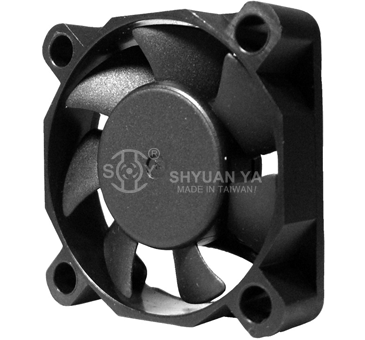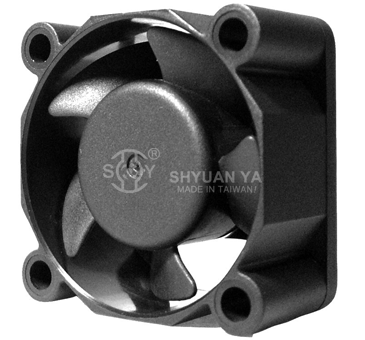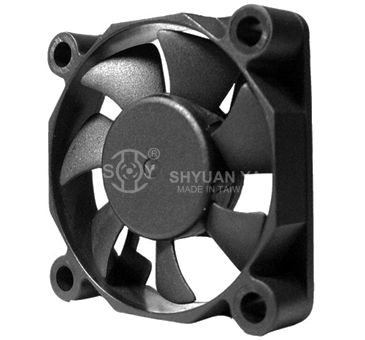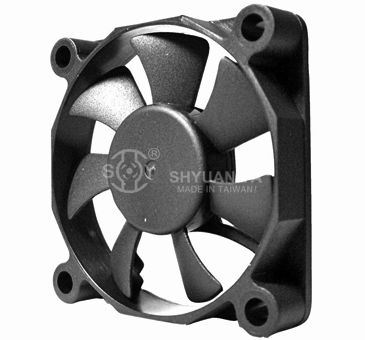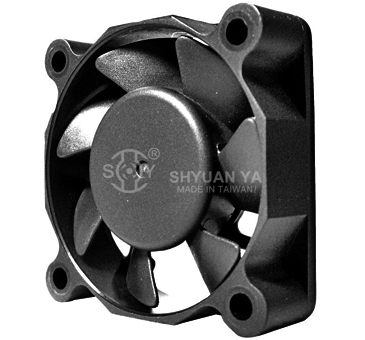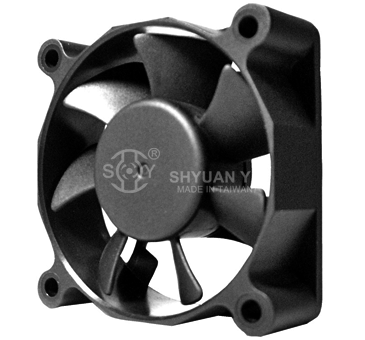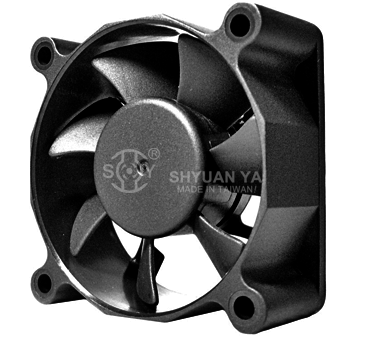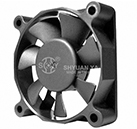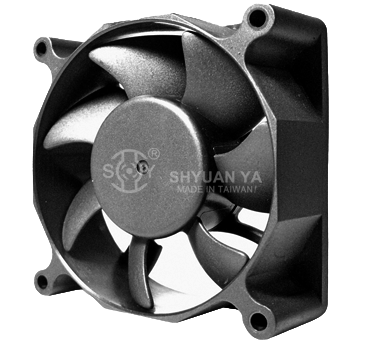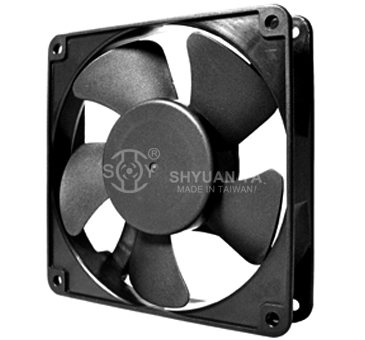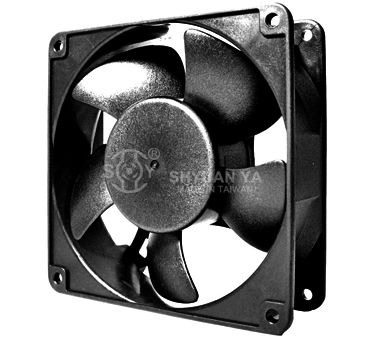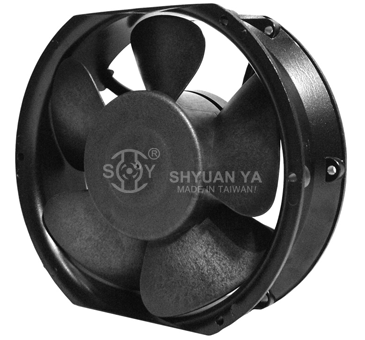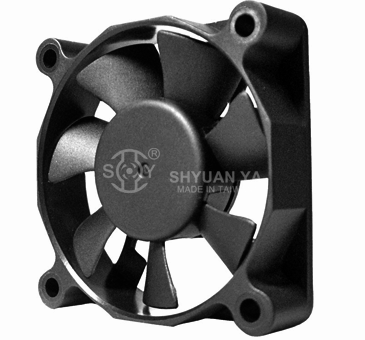What Is a DC Axial Fan and How Does It Work?
A DC axial fan is a compact air-moving device designed to generate airflow that runs parallel to the fan’s shaft, which is why it is classified as an “axial” fan. Unlike centrifugal fans, which move air at an angle, axial fans draw air straight through from one side and discharge it in the same direction, making them highly efficient for targeted cooling and ventilation.
At the heart of a DC axial fan is a direct current (DC) motor, typically a brushless DC (BLDC) motor for long service life and reduced maintenance. The motor drives a propeller-style impeller, which creates continuous airflow by pulling air through the inlet side and expelling it through the outlet side. The use of BLDC technology ensures lower energy consumption, precise speed control, and reduced noise levels compared to traditional brushed designs.
Because of their compact size, low power draw, and reliable performance, DC axial fans are widely used in:
- Electronics cooling – safeguarding sensitive components in PCs, servers, and power supplies.
- Industrial automation and control panels – maintaining stable temperatures in enclosed spaces.
- Telecommunications cabinets – ensuring uninterrupted operation of network equipment.
- Medical and laboratory devices – providing quiet, reliable airflow where precision is critical.
From an engineering perspective, DC axial fans are particularly effective when consistent, unidirectional airflow in confined spaces is required. They are easy to integrate into various enclosures and can be customized in terms of voltage, speed control, and noise optimization to meet specific application needs.
If you are evaluating cooling options for your equipment or considering a custom ventilation solution, contact our engineering team. We can provide detailed technical data, performance curves, and tailored recommendations to ensure the most efficient fan selection for your project.


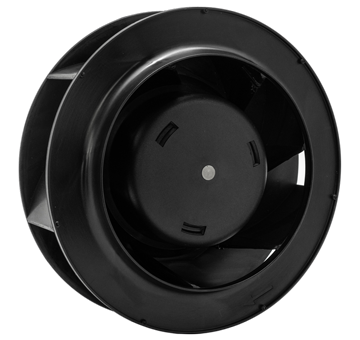
.png)
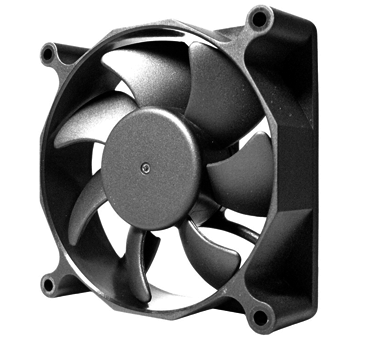
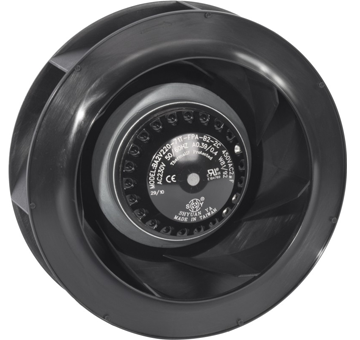
.jpg)
